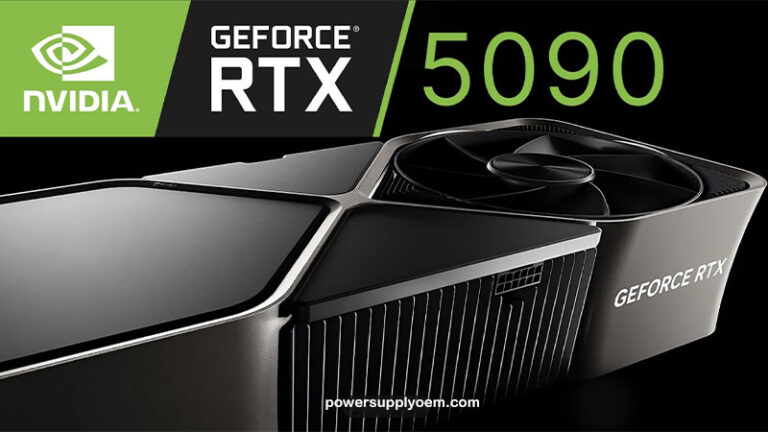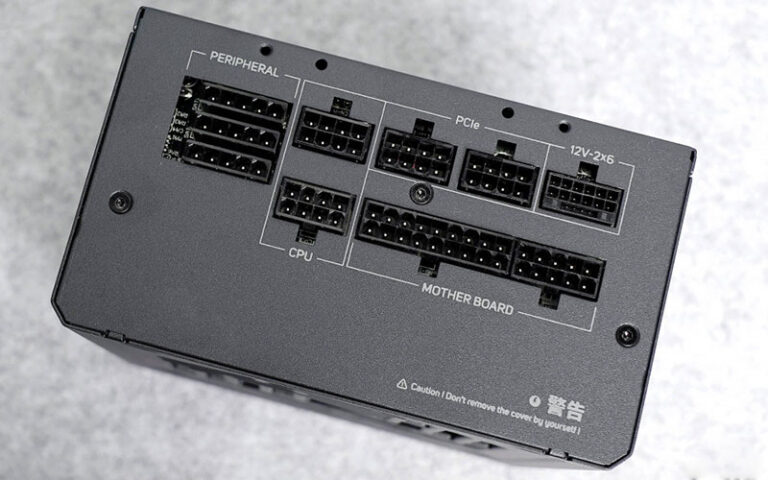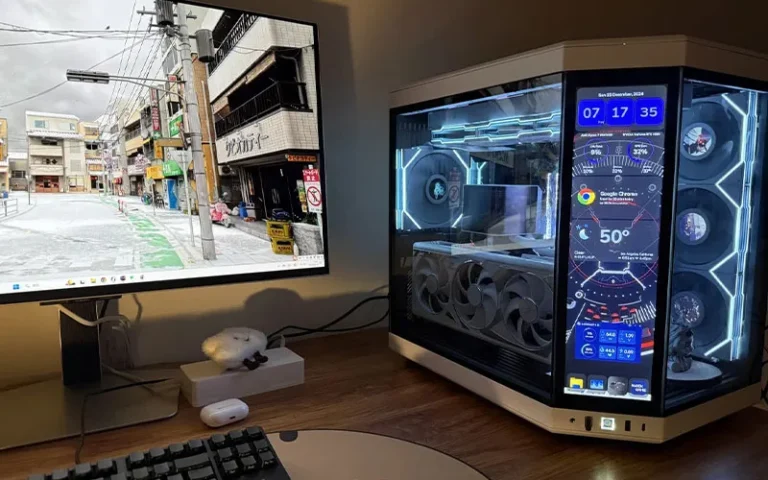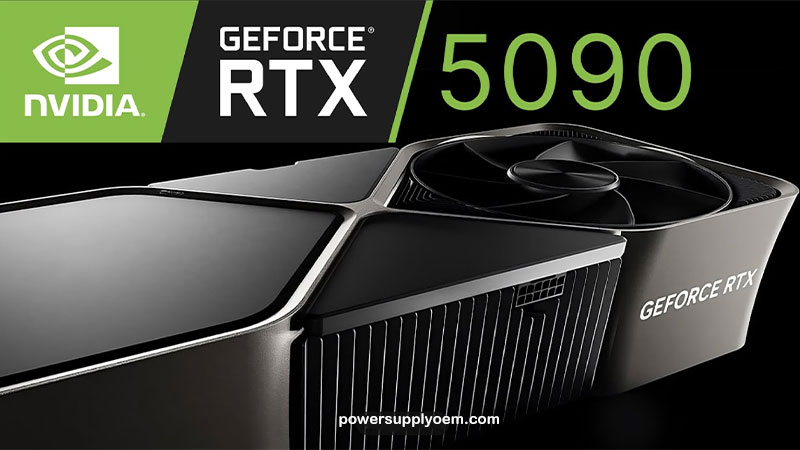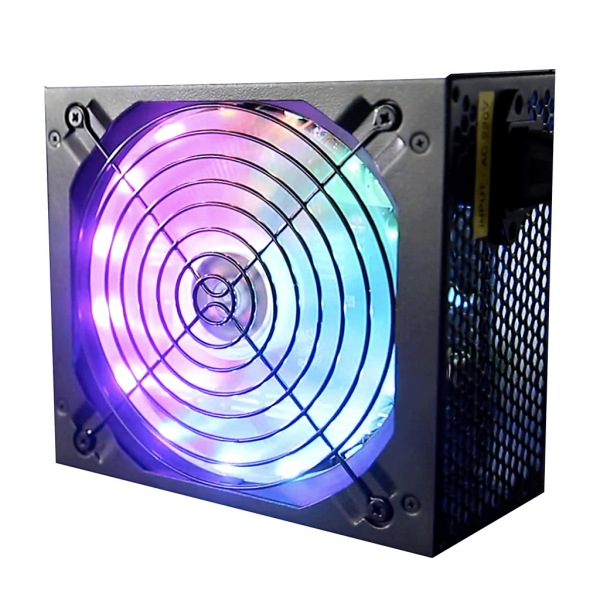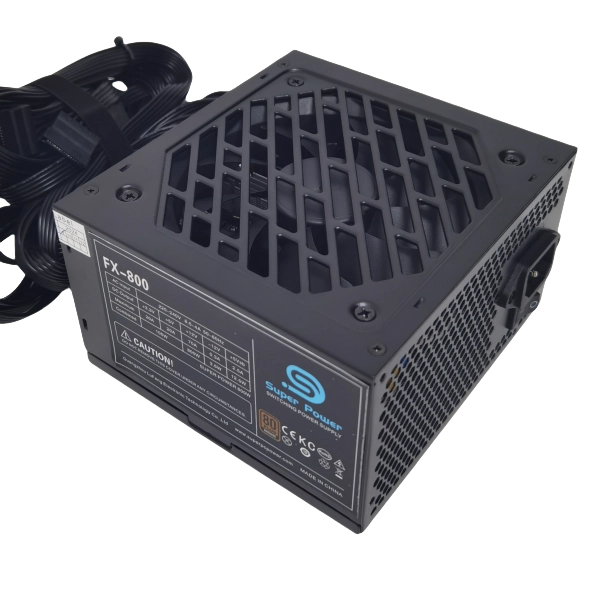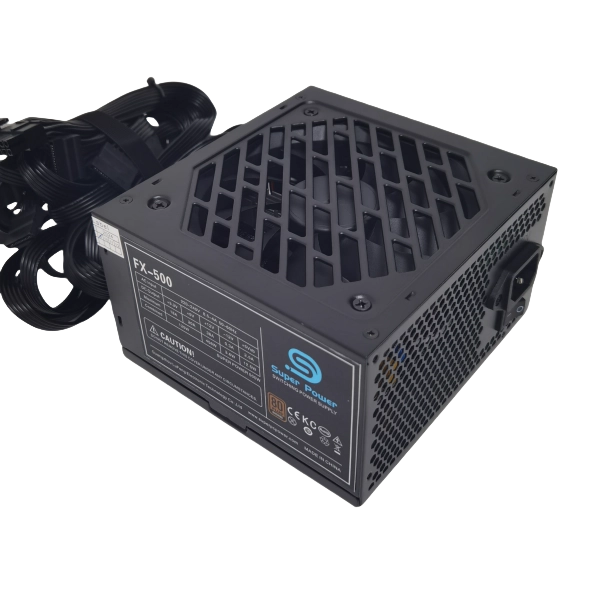-
Building E, No. 65 Xingshan North Road, Liangtian, Baisha Industrial Park, Baiyun District, Guangzhou
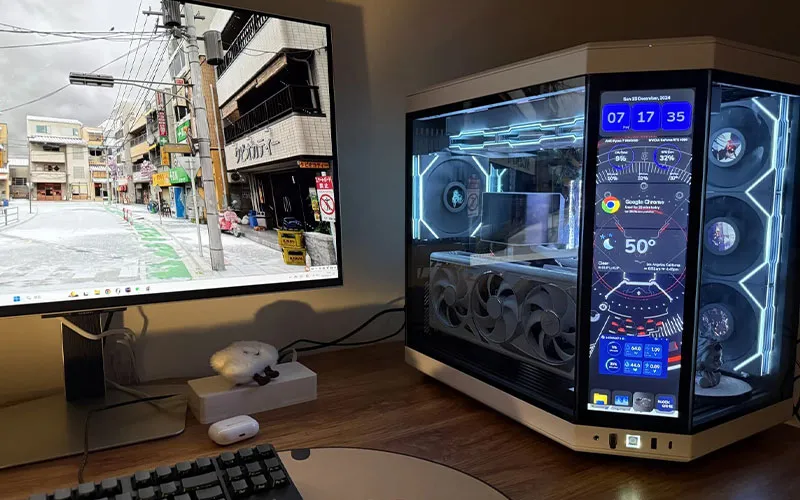
How to Precise Check PC Power Supply 1 minute
How to Check Your PC Power Supply: Determining PSU Wattage and Ensuring Adequate PC Power
This comprehensive guide will teach you how to check pc power supply, determine its wattage, and ensure it provides enough power for your system’s needs. Knowing your PC power supply specifications is crucial for various reasons, including upgrading components, troubleshooting issues, and ensuring overall system stability. We’ll cover multiple methods, from physically inspecting the PSU to using software tools, catering to different levels of technical expertise. This is essential reading for anyone who wants to understand their PC’s power capabilities and make informed decisions about upgrades or troubleshooting.
Table of Contents
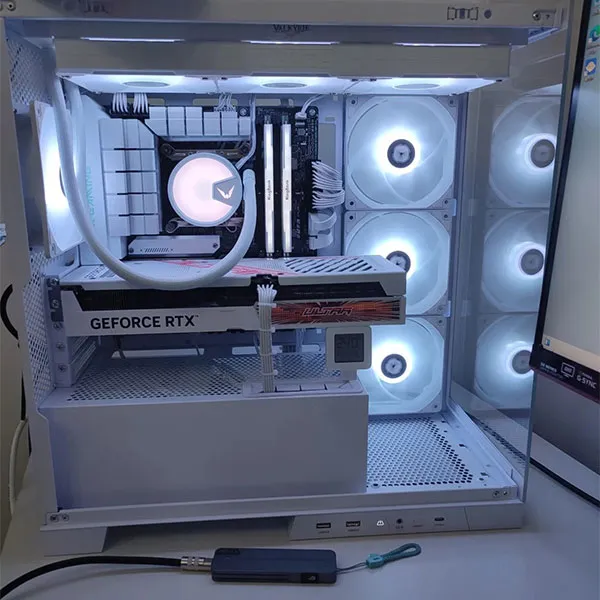
1. Why is Knowing Your PC’s PSU Wattage Important?
Knowing your PC’s PSU wattage is essential for several reasons:
- Upgrading Components: If you plan to upgrade your computer, and want to upgrade to a more powerful graphics card, CPU, or add more storage drives, you need to ensure your PSU can handle the increased power demands. An underpowered PSU can lead to system instability, crashes, or even component damage.
- Troubleshooting Issues: If your PC is experiencing random shutdowns, restarts, or other stability problems, the PSU could be the culprit. Knowing its wattage helps determine if it’s capable of handling your system’s power requirements.
- Planning for Future Upgrades: Understanding your current PSU’s capacity allows you to plan for future upgrades. You’ll know if you have enough headroom to add more components or if you’ll need to upgrade the PSU as well.
- Ensuring Efficiency: Choosing a PSU with appropriate wattage for your system ensures it operates efficiently. A PSU that’s significantly oversized for your needs can waste energy.
In essence, knowing your PSU’s wattage is like knowing your car’s engine size. It helps you understand your system’s capabilities and limitations.
2. Method 1: Physically Inspecting the PSU (The Most Reliable Way)
The most reliable way to check your power supply and wattage is to physically inspect the PSU itself. This involves opening the case of your desktop computer:
- Power Down and Unplug: Turn off your PC completely and unplug the power cable from the wall outlet. This is crucial for safety.
- Open the Case: Remove the side panel of your PC case. This usually involves removing a few screws or releasing some clips. You may need to open the case to do this.
- Locate the Power Supply: The PSU is typically a rectangular box located at the top or bottom of the PC case, at the rear. You will need to look at the power supply.
- Identify the PSU Label: Look for a label or sticker on the PSU itself. This PSU label, usually on the side of the PSU, contains information about the PSU, including its wattage, model number, and efficiency rating. Read the label to find the information. Checking the label is crucial.
- Note the Wattage: The wattage will be clearly indicated on the label (e.g., 500W, 650W, 750W). This is the maximum power output the PSU can provide.
This method is the most accurate way to determine your PSU’s specifications, as it provides direct access to the manufacturer’s information. This will identify the PSU. You may need to find the power supply.
3. Method 2: Using System Information Tools (Windows)
While not as definitive as physically inspecting the PSU, Windows’ built-in System Information tool can sometimes provide clues about your PSU, especially in pre-built PC systems:
- Open System Information: Press the Windows key, type “System Information,” and press Enter.
- Look for System Model: In the System Summary section, look for the “System Model” or “BaseBoard Product” entry. This might be a specific model number for your pre-built PC or motherboard.
- Search Online: Search online for the system model number along with “PSU” or “power supply.” The manufacturer’s specifications or third-party reviews might list the PSU wattage.
This method is less reliable because manufacturers sometimes use different PSUs in the same model line. However, it’s a quick and easy option to try if you don’t want to open the case.
4. Method 3: Utilizing Third-Party Software (More Detailed Information)
Several third-party software utilities can provide detailed information about your PC’s hardware, including the PSU. However, these tools often rely on detecting the PSU model, and they might not always be accurate:
- Download and Install: Download and install a reputable system information tool like Speccy, HWMonitor, or AIDA64.
- Run the Software: Open the software and run the software, and look for a section related to power or PSU.
- Check for PSU Information: The software might display the PSU model and, potentially, its wattage. There are tools available that can provide information.
While convenient, be aware that the information about the PSU provided by these tools might not always be 100% accurate, especially for PSUs that are less common or from lesser-known brands.
5. Method 4: Checking the Manufacturer’s Website (for Pre-Built PCs)
If you have a pre-built PC (e.g., Dell, HP, Lenovo), you can often find information about the PSU on the manufacturer’s website:
- Identify Your PC Model: Find the exact PC model number of your PC. This is usually on a sticker on the PC case or in the System Information tool (as described in Method 2).
- Visit the Manufacturer’s Website: Go to the manufacturer’s website and navigate to the support or product specifications section.
- Search for Your Model: Search for your specific PC model.
- Look for PSU Specifications: Look for a specifications sheet or datasheet that lists the components, including the PSU. The wattage should be listed there.
This method is generally reliable for pre-built systems, as manufacturers usually list the specifications of their components. You should be able to find the power supply details there. You can also contact the manufacturer.
6. Understanding PSU Efficiency Ratings (80 PLUS Certification)
While checking your PSU’s wattage, you might also notice an 80 PLUS certification (e.g., 80 PLUS Bronze, 80 PLUS Gold, 80 PLUS Platinum, 80 PLUS Titanium). This certification, like 80 Plus, indicates the PSU’s energy efficiency.
- Efficiency refers to how much of the power drawn from the wall outlet is converted into usable DC power for your PC components. The remaining power is lost as heat.
- A higher 80 PLUS rating means the PSU is more efficient, wasting less energy and generating less heat. This can lead to lower electricity bills and a quieter PC (as the fan doesn’t need to work as hard).
While the 80 PLUS rating doesn’t directly tell you the PSU’s wattage, it’s an indicator of quality and efficiency.
7. Estimating Power Needs: When to Upgrade Your PSU
If you’re planning to upgrade components or build a new PC, you need to estimate power needs. It’s essential to estimate your system’s power requirements to determine if your current PSU is sufficient or if you need to upgrade:
- Adding a New Graphics Card: Graphics cards are often the most power-hungry components in a PC, especially high-end models. If you’re upgrading your graphic card, make sure your PSU has enough wattage and the necessary PCIe power connectors.
- Upgrading the CPU: A more powerful CPU can also increase your system’s power consumption, although the impact is usually less significant than a GPU upgrade.
- Adding More Storage: While SSDs and hard drives don’t consume a lot of power individually, adding multiple drives can increase the overall power draw.
- Overclocking: If you plan to overclock your CPU or GPU, you’ll need a PSU with ample wattage headroom to handle the increased power demands.
If your current PSU doesn’t have enough wattage to support your upgraded components, you’ll need to buy a power supply with a higher wattage.

8. OEM Power Supplies: Partnering for Customized Solutions
As an OEM (PC power supply, ATX power supply, SFX power supply, FLEX power supply, TFX power supply, 80 Plus Gold) manufacturer, we specialize in providing tailored power solutions for businesses, system builders, and other organizations. We provide services for:
- PC power supply brands: Providing the platform for your brand.
- 3C supermarkets: We offer high-quality, affordable options.
- Computing equipment manufacturers: We can offer custom power solutions.
- IoT device manufacturers: We offer solutions for a variety of devices.
- Power supply wholesalers: We can provide bulk options.
- Agents: Our team is available to help you throughout the ordering process.
- Large Internet Cafes: We can fulfill large-volume orders.
Partnering with us offers several advantages:
- Customization: We can design and manufacture power supplies to your exact specifications, including wattage, form factor, connectors, cabling, and branding.
- Quality: We use high-quality components and rigorous testing procedures to ensure the reliability and performance of our power supplies.
- Cost-Effectiveness: Buying directly from the manufacturer often results in better pricing, especially for bulk orders.
- Expert Support: Our team provides technical support and guidance throughout the entire process.
Working directly with an OEM manufacturer gives you greater control and flexibility over your power supply sourcing.
9. Tailored Power Solutions for Diverse Needs
We offer a wide range of power supply options to meet diverse needs, including:
- ATX Power Supplies: The standard form factor for most desktop PCs. We have a range of ATX power supplies. Our ATX Power Supply is very popular.
- SFX Power Supplies: Compact PSUs for small form factor PC builds.
- FLEX Power Supplies: Even smaller PSUs for specialized applications. We are proud of our FLEX Power Supply.
- Custom Power Supplies: We can design and manufacture power supplies to your precise requirements.
Our team will work closely with you to understand your system’s power needs and recommend the optimal power supply solution, ensuring it meets your performance, reliability, and budget requirements. We can help you choose a PSU that meets your requirements. We can help you choose a PSU with sufficient power.
10. Case Studies: check pc power supply
Let’s look at some real-world examples of power supply selection and upgrades:
- Case Study 1 (Gaming PC Upgrade): A user with a mid-range gaming rig and a 500W PSU wanted to upgrade their graphics card to a higher-end model. The new graphics card had a recommended PSU wattage of 650W. The user needed to upgrade their PSU to a 650W or 750W unit to ensure sufficient power for the new card.
- Case Study 2 (Pre-Built PC Troubleshooting): A user with a pre-built PC experienced random shutdowns and restarts. They initially suspected a software issue, but after troubleshooting, they discovered that the PSU was underpowered for their system’s components. Replacing the PSU with a higher-wattage unit resolved the problem.
- Case Study 3 (Custom PC Build): A PC builder was creating a high-end gaming system with a powerful CPU and GPU, multiple storage drives, and custom liquid cooling. They used an online PSU calculator to estimate their system’s total power consumption and chose a 1000W 80 PLUS Gold PSU to provide ample headroom for overclocking and future upgrades.
- Case Study 4 (Power Supply Wholesaler): Needed various power supplies for their customers. They contacted us for consistent quality and affordable pricing.
These case studies demonstrate the importance of knowing your PC’s power supply specifications and choosing the right power supply for your needs.
Frequently Asked Questions
How do I know if my power supply is failing?
Common signs of a failing PSU include random shutdowns or restarts, system freezes or crashes, burning smells, or unusual noises coming from the PSU.
Can I use a PSU with a higher wattage than I need?
Yes, you can, and it’s often recommended to have some wattage headroom. However, a significantly oversized PSU might be slightly less efficient at very low loads.
What’s the most accurate way to check my PSU wattage?
The most accurate way is to physically inspect the PSU label by opening the case of your computer.
Can I check my PSU wattage without opening my computer case?
You can try using System Information tools in Windows, third-party software, or checking the manufacturer’s website (for pre-built PCs), but these methods are not always accurate. There are some methods you can try. But sometimes you can’t check without opening the case.
What does the 80 PLUS certification mean?
The 80 PLUS certification indicates a PSU’s energy efficiency. A higher rating (e.g., 80 PLUS Gold) means the PSU is more efficient.
How do I calculate the wattage needed for my PC?
Use an online power supply calculator, and enter the PC components.
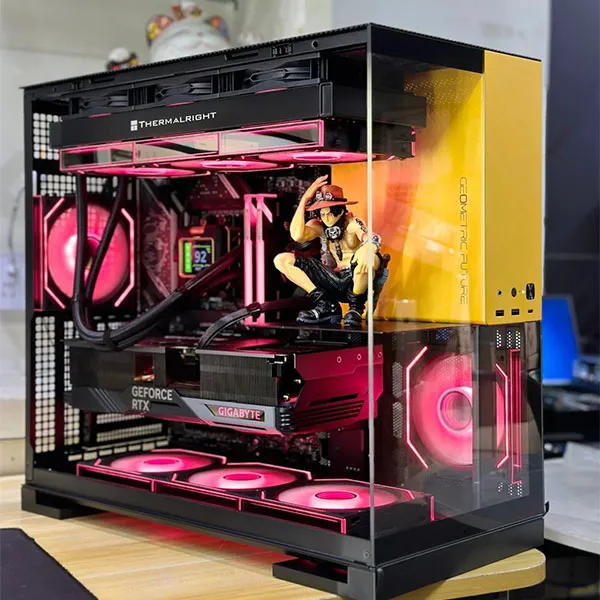
Summary
- Knowing your PC’s power supply (PSU) wattage is crucial for upgrades, troubleshooting, and ensuring system stability.
- The most reliable way to check your PSU wattage is to physically inspect the PSU label inside the case.
- You can also try using System Information tools, third-party software, or the manufacturer’s website, but these methods are less accurate.
- Understanding your PSU’s efficiency rating (80 PLUS) helps you assess its energy efficiency.
- Estimating power needs is crucial when upgrading components or building a new PC.
- As an OEM power supply manufacturer, we offer customized solutions tailored to your specific requirements.
- Partnering with us provides access to expertise, quality, cost-effectiveness, and customization options.
- We offer a wide range of power supplies for various applications, including gaming rigs, workstations, and compact PC builds. Our PC POWER SUPPLY options are great.
- It’s crucial to ensure you have the correct power supply.
- Knowing how to check your power supply is very important.

